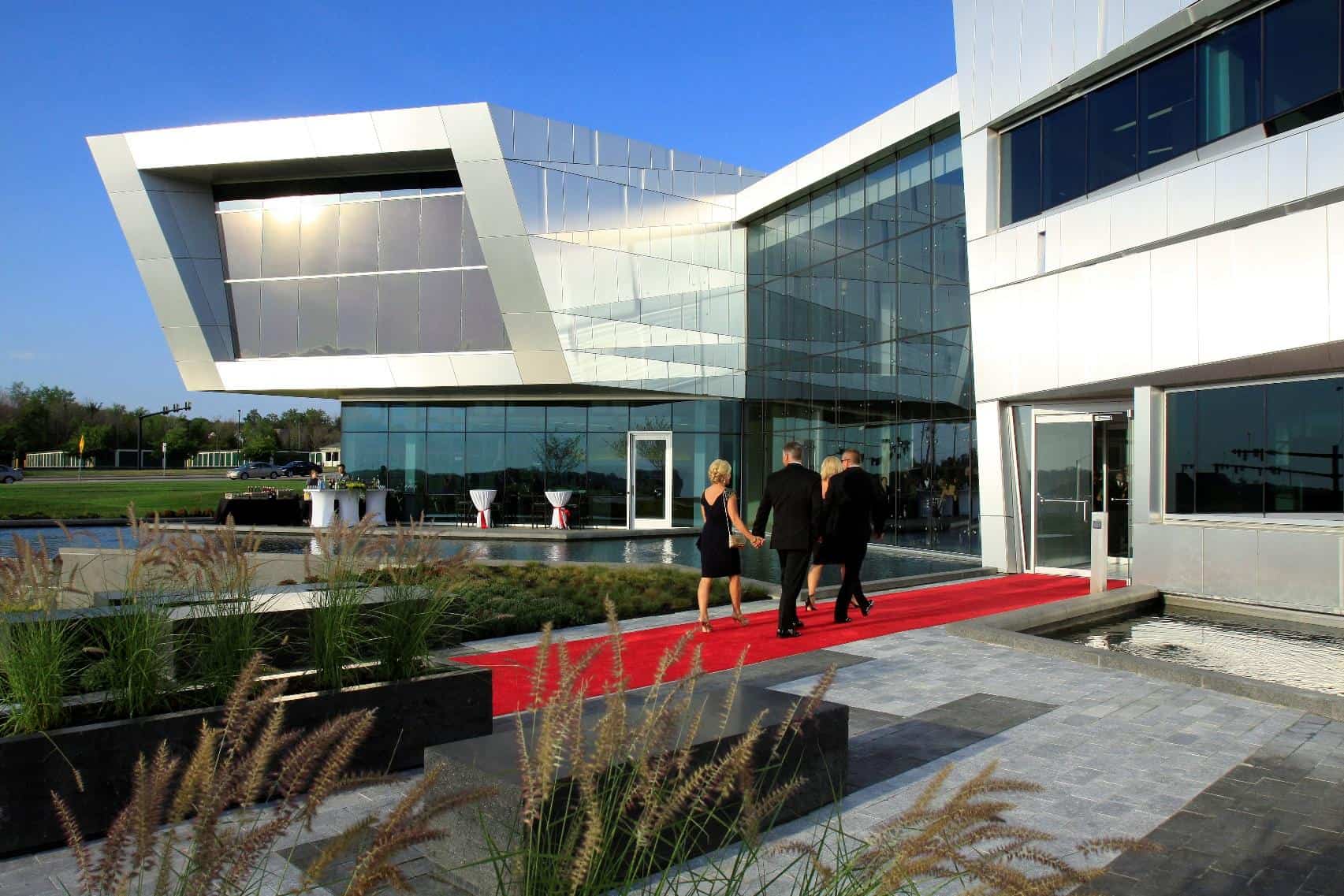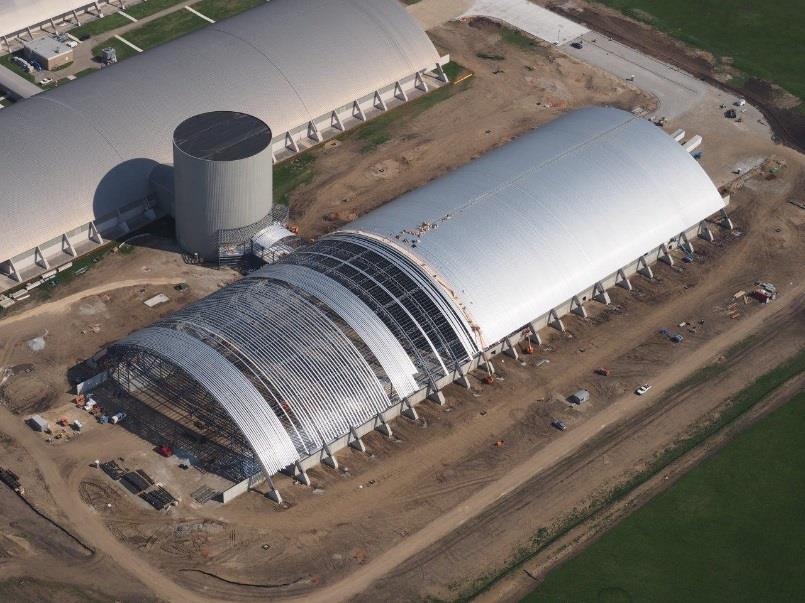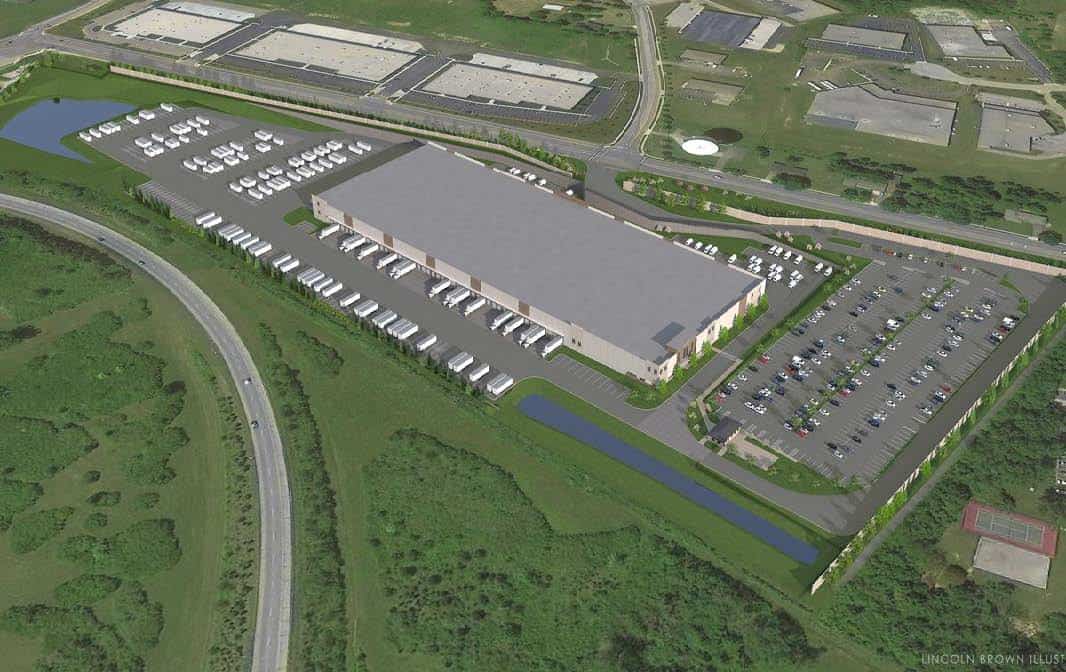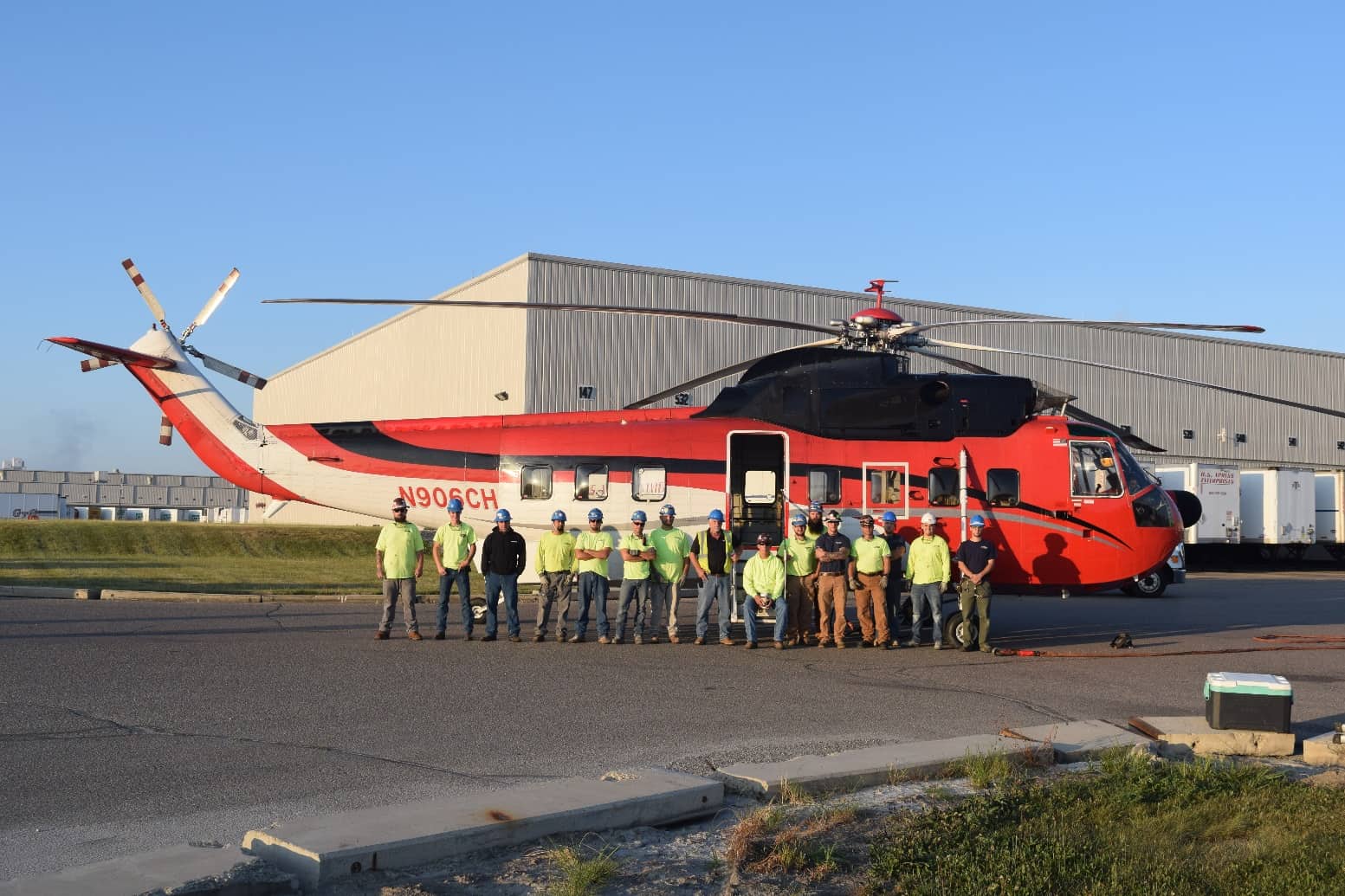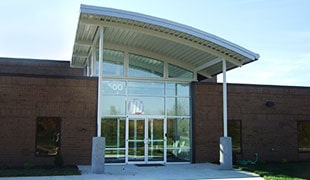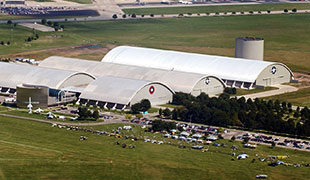CASE STUDIES
SUCCESS STORIES
OUR PARTNERSHIPS IN ACTION
MSD stands behind the work that we do and are proud to share a few of the stories about businesses we have had the fortune of working with. We have partnered with these companies, learned about what makes them great, and provided a custom service that helped them operate at their best.
- All
- Commercial
- Industrial
- Higher Education
- Government
The Conner Group Headquarters
Dayton, OH, Domestic Plumbing and Gas
39,825 sq. ft.
National Museum of the United State Air Force – Hanger 4
Dayton, OH, Mechanical, HVAC, and Plumbing 225,000 sq. ft.
Fed Ex Miamisburg
Miamisburg, OH, Design Build, Plumbing and HVAC 249,506 sq. ft.
Meijer Distribution
Tipp City, OH, Demo, HVAC, Electrical and Controls 1.8 Million sq. ft.
LJB, Inc.
Miamisburg, OH, Design Build, Geothermal HVAC and Energy Upgrades
WPAFB Chilled Water System
Greene County, OH, HVAC at Wright-Patterson Air Force Base

